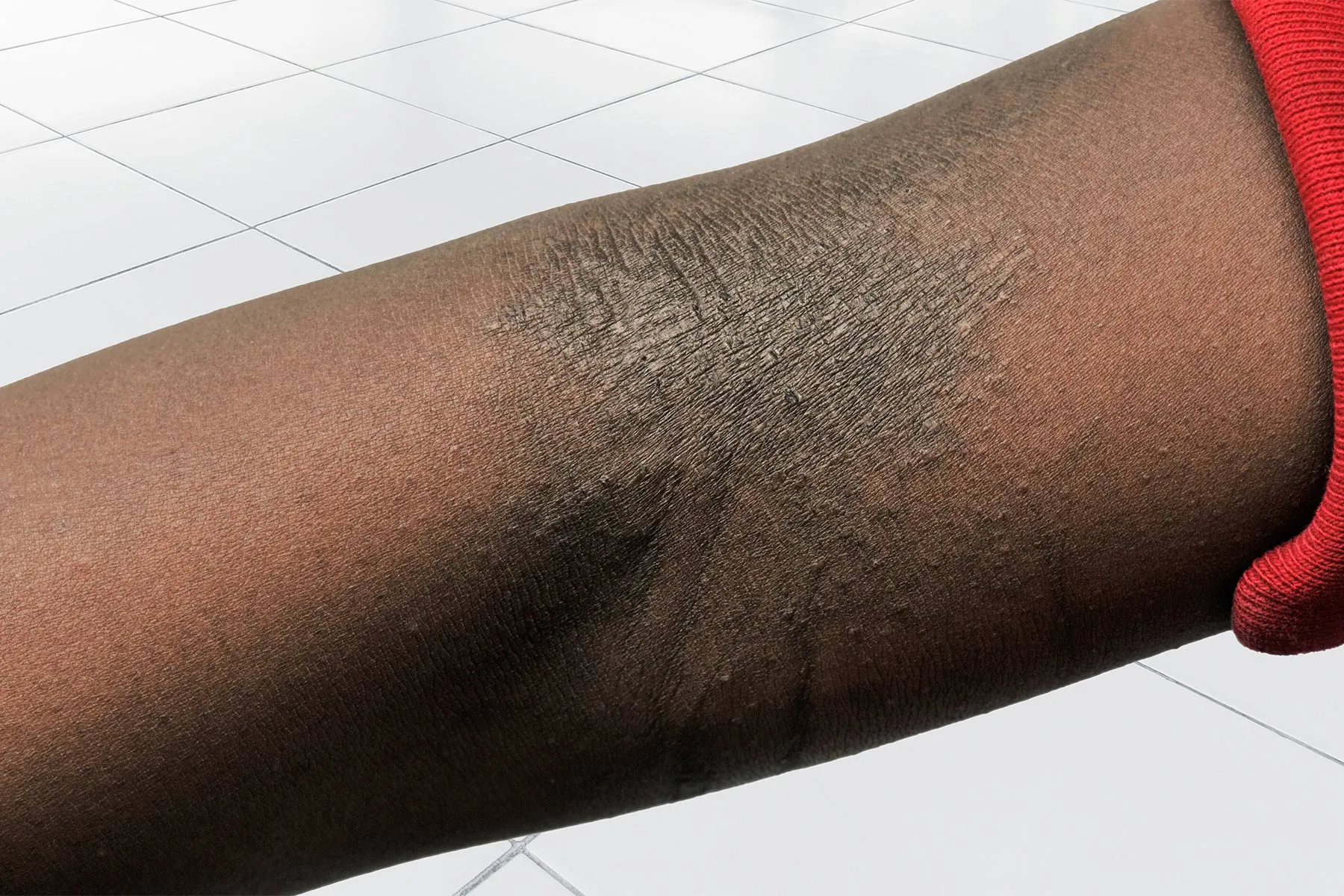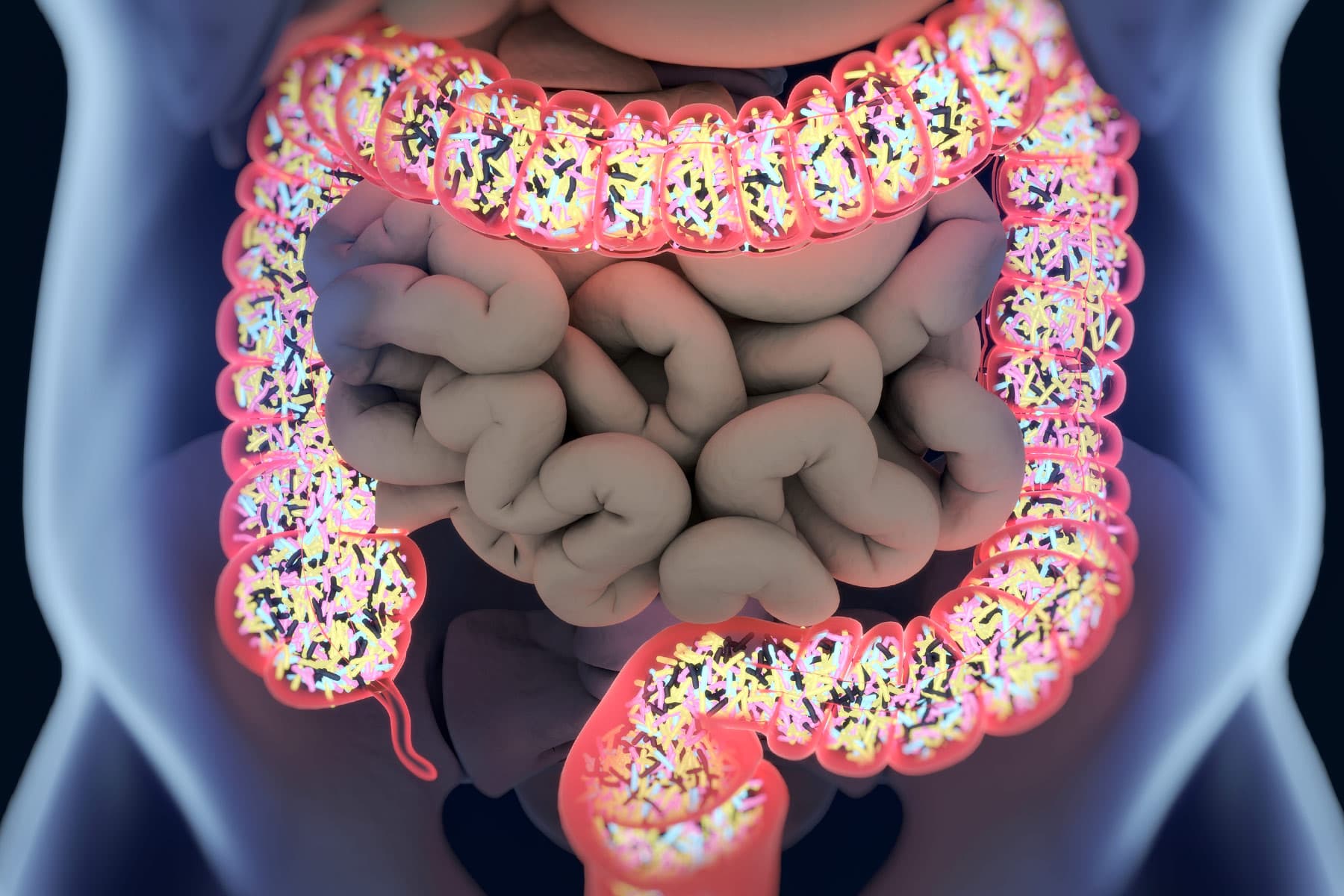Women Lead Toll of U.S. Jail Deaths: Study
Female detainees are driving the growth of jail populations, and they account for a disproportionate number of deaths in custody, according to an analysis by the Prison Policy Initiative of data compiled between 2000 and 2018.


Photo by Caitlin Regan via Flickr.
Women account for a disproportionate number of jail deaths, many of them as a result of complications from alcohol or drug intoxication that occur within days of being admitted to custody, says the Prison Policy Initiative (PPI).
The median time served by jail detainees before a death caused by drug or alcohol intoxication was just one day, said the PPI in an analysis of the most recent figures compiled by the Bureau of Justice Statistics on jail mortality.
At the same time, more than half of individuals who died by suicide in jails between 2000 and 2018 had been behind bars for nine days or less.
“For suicide and deaths linked to drugs or alcohol, it’s those first few days in jail that are deadliest,” the PPI said in a policy paper released Wednesday.
The official figures on overall jail deaths for 2018 show a mortality rate of 154 deaths per 100,000 people in jail, the highest levels since reporting in this area began in 2000―and they underscore how jails have become “shameful” repositories for those already suffering from severe mental health or substance abuse issues, said the paper’s author, PPI research analyst Leah Wang.
The paper cited one example of a Texas woman who died of “complications of withdrawal” three days after she was jailed for unpaid traffic tickets.
“With 18 years of data showing that jailing people with substance use disorders for low-level offenses so often leads to death, why are we still using jails as de facto detox facilities?” Wang wrote.
“Jails are shameful replacements for key social and medical services, and too often low-level offenses are used to justify locking people up, out of sight, when they simply need help.”
According to the Bureau of Justice Statistics (BJS) figures, more than half of all jail deaths during the 20-year period under study occurred within a month of admission.
The growth in jail deaths is compounded by the fact that the highest rates occurred in rural facilities, again with women the leading victims, the PPI said.
Female detainees are now the key drivers of the extraordinary growth in jail populations. Their overall numbers increased by 15 percent between 2000 and 2018—even as the number of male detainees dropped by 9 percent over the same period.
And they accounted for one-sixth of all jail deaths in 2018.
The mortality rate for women in jail is 7 percent higher than men, representing “slightly more” than their share of the total jail population, according to the PPI analysis.
The BJS figures show that women in jail died of drug and alcohol intoxication at twice the rate of men, compared to state prisons where female deaths were half the male rate.
“Women are more likely than men to enter jail with drugs in their system, with a medical problem or chronic condition, or with a serious mental illness,” PPI said.
Small jails with average populations of 49 or fewer continued to report the highest mortality rates (At the same time, the number of women confined to small jails, predominantly in rural counties, increased 43 percent between 2004 and 2014.)
Most of the increase in female jail admissions was related to drug charges.
“These statistics pain a bleak picture of what it’s like to be a woman in contact with the criminal justice system, but they also form a clear wish list of social services that could exist to meet women’s needs outside of jail,” the paper said.
To read the complete PPI policy paper, please click here.

 Landwebs
Landwebs 























